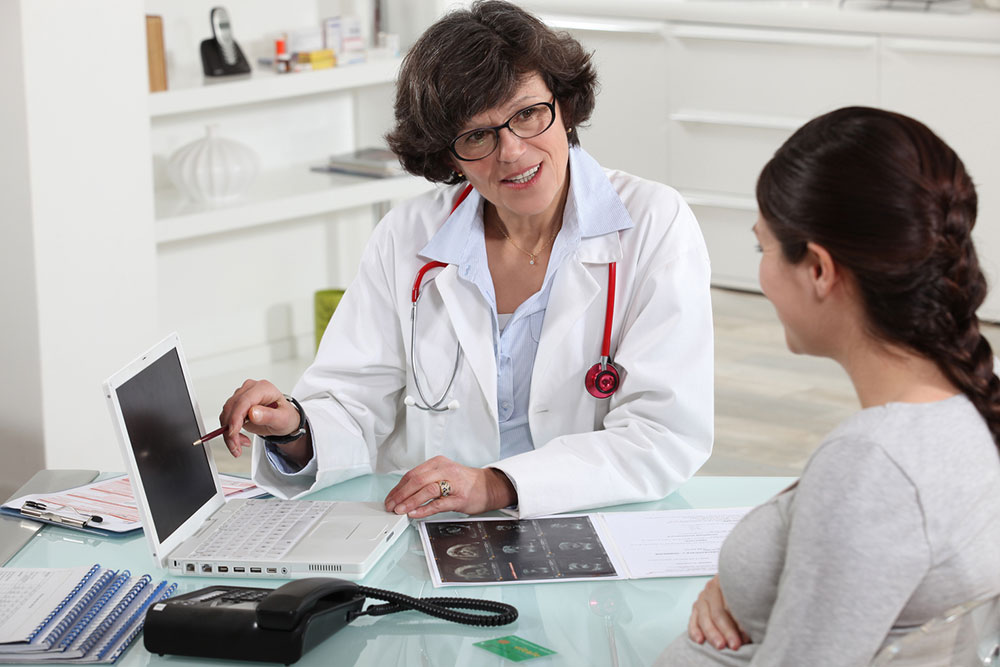Klebsiella Pneumoniae – Causes, Symptoms, and Management
Klebsiella pneumoniae is a type of bacteria that lives in the intestines, so it is typically found in the feces. The bacteria remain harmless in the intestines and only result in infections if they spread to other body parts like the lungs or the urinary tract. The symptoms can vary, depending on the part the microorganisms affect. Understanding the causes and symptoms can help one seek timely treatment, and avoid any serious complications.
Causes and risk factors
Klebsiella pneumoniae is a non-mobile bacterium, i.e., these germs do not spread through the air and are only contracted with direct contact. So, the following factors can increase the likelihood of developing this infection:

– Living in a healthcare facility
– Having a catheter connected to the bladder
– Being affected by cancer
– Being affected by other health conditions like peripheral vascular disease, bile disease, kidney disease, or chronic obstructive pulmonary disease
As the condition develops due to the bacteria directly entering the body, here are two common ways in which the infection may be contracted:
Hospital equipment: Research suggests that 8 to 12% of those with a Klebsiella pneumoniae infection develop it when they are on ventilators in a healthcare facility.
Person-to-person contact: When someone with contaminated hands touches a wound or a sensitive area on the body, Klebsiella pneumoniae can enter the body.
Symptoms
As the symptoms are determined by the part of the body affected, here is what to expect with different types of infections.
Pneumonia: The bacteria can cause an infection in the lungs, leading to the following symptoms:
– Chest pain
– Yellow or bloody mucus
– Shortness of breath
– Chills
– Fever
– Coughing
Urinary tract infection: Klebsiella pneumoniae can enter the urinary tract, causing a urinary tract infection or UTI. People at a higher risk of developing this infection are those who have a urinary catheter in place, those with a uterus, and those with kidney disease. Here are some of the symptoms this type of infection causes:
– Pain and burning sensation while urinating
– Discomfort in the lower abdomen
– Passing small amounts of urine
– Frequent urges to urinate
– Bloody or cloudy urine
– Pain in the back or pelvic area
– Fever
When the UTI develops in the kidneys, it can lead to symptoms like vomiting, nausea, fever, chills, and pain in the upper back and side. Depending on the severity of symptoms and individual prescription resistance, a customized Klebsiella pneumoniae urine infection treatment will be recommended by a health professional.
Skin infection: Here, the Klebsiella pneumoniae bacterium enters through a break in the skin, typically through wounds associated with injury or surgical procedures. The infection here can be categorized into three types: cellulitis, necrotizing fasciitis, and myositis. While symptoms can vary depending on the type, one may experience redness, swelling, pain, fever, fatigue, and wounds or ulcers (sores) in the lining of the stomach, small intestine, or the esophagus.
Meningitis : This is a rare type that results in the inflammation of the membranes that cover the spinal cord and the brain. Here, the bacteria affect the fluid surrounding the spinal cord and the brain. Here, one may experience symptoms like high fever, headaches, stiff neck, confusion, vomiting, nausea, and photophobia or sensitivity to light. Additionally, seizures could be a rare symptom that needs to be addressed immediately.
Pyogenic liver abscess: According to a recent study, another type of infection brought on by the bacteria is pyogenic liver abscess. Some of the common symptoms of this type of infection are nausea, vomiting, diarrhea, fever, and pain in the upper right of the abdomen.
Blood infection: This type of bacterial infection can develop when Klebsiella pneumoniae directly enters the bloodstream, or it reaches the bloodstream due to an infection developing somewhere else in the body. Fever, chills, and shaking are common symptoms of this type.
It is important to be vigilant about these symptoms and avoid dismissing them.
Treatment options
Bacterial infections are usually treated using prescription treatments called antibiotics. However, certain bacteria strains become extremely resistant to this form of treatment. So, alternatives have to be used. To come up with the best way to get rid of Klebsiella pneumoniae, lab tests are conducted to understand the extent of prescription resistance the infection has. Based on the results, doctors will recommend prescription treatment that seems to work. Here, it is important to complete the prescription course even if one starts feeling better in the middle of treatment. Finishing the recommended course of treatment helps prevent re-infection.
Prevention
As this bacterial infection typically spreads from person to person, a key preventive method is frequently washing hands before and after interacting with other people or touching objects. Good hygiene can help keep bacterial infections at bay. Here are a few situations that require hand washing:
– After using the bathroom
– Before touching the eyes, nose, or mouth
– Before and after changing the wound dressings
– After coughing or sneezing
– Before and after preparing food
One should be cautious in public places and practice good hygiene to prevent developing an infection. Further, getting regular checkups, especially if one notices any signs of Klebsiella pneumoniae infections, can contribute toward early detection of the condition.

